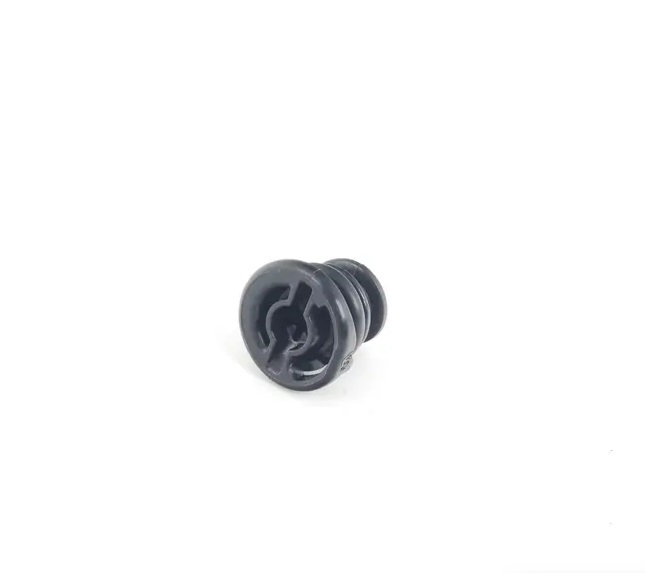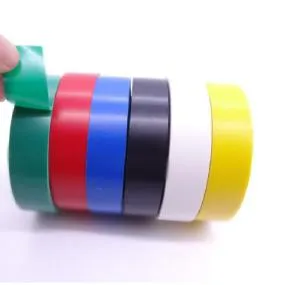Auto spare parts Crankshaft Seal 038103171


3. Proper Installation During installations, it is essential to ensure that seals are fitted correctly. A misaligned seal will fail to perform its function effectively, leading to premature failure. Mechanics should use specialized tools to avoid seal damage and ensure a precise fit. 4. Environmental Considerations External factors such as temperature extremes and exposure to debris affect seal integrity. Vehicles operating under harsh conditions should have their seals checked more frequently, as these environments can accelerate wear. Building trust in information about rear tail shaft seals extends beyond knowing their functions and issues. It requires consultation with authoritative sources. Automotive manufacturers and certified mechanics provide not only reliable replacement parts but also guidance tailored to specific vehicle models. Driving with confidence means entrusting your vehicle's care to seasoned professionals who possess a thorough understanding of all components. Proper maintenance and timely replacement of rear tail shaft seals enhance performance and reliability, ensuring that your vehicle serves you efficiently and safely for years to come. In conclusion, while rear tail shaft seals are among the smaller components of your vehicle’s drivetrain, their role cannot be understated. Prioritizing regular checks and using high-quality replacements when necessary ensures seamless operation and prevents unforeseen breakdowns. By understanding the true importance of rear tail shaft seals, vehicle owners can make informed decisions, thereby enhancing their driving experience and preserving vehicle value.
-
Understanding Flat Gaskets: Types, Materials, and Industrial Applications
News Jul.25,2025
-
Understanding Bonded Seals: Types, Applications, and Industrial Advantages
News Jul.25,2025
-
The Complete Guide to Flat Gaskets: Materials, Uses, and Applications
News Jul.25,2025
-
Sealing Solutions: A Comprehensive Guide to Flat Ring Gaskets and Seals
News Jul.25,2025
-
Flat Gaskets Explained: Materials, Applications, and Best Uses
News Jul.25,2025
-
Everything You Need to Know About Automotive Drain Plugs and Oil Pan Maintenance
News Jul.25,2025
-
Understanding Oil Drain Plugs: Quick, Universal, and Self-Tapping Options for Every Engine
News Jul.24,2025
Products categories















